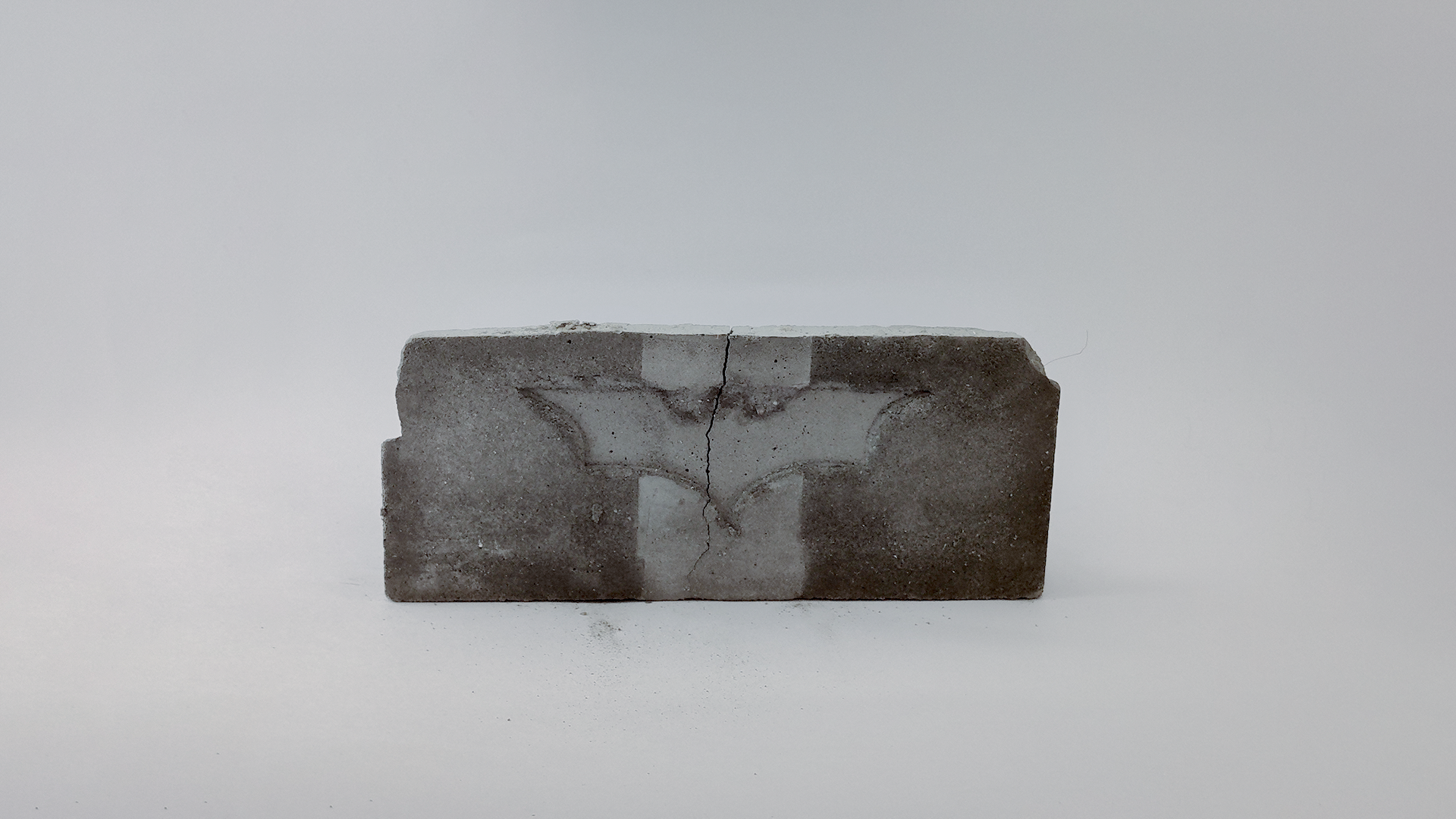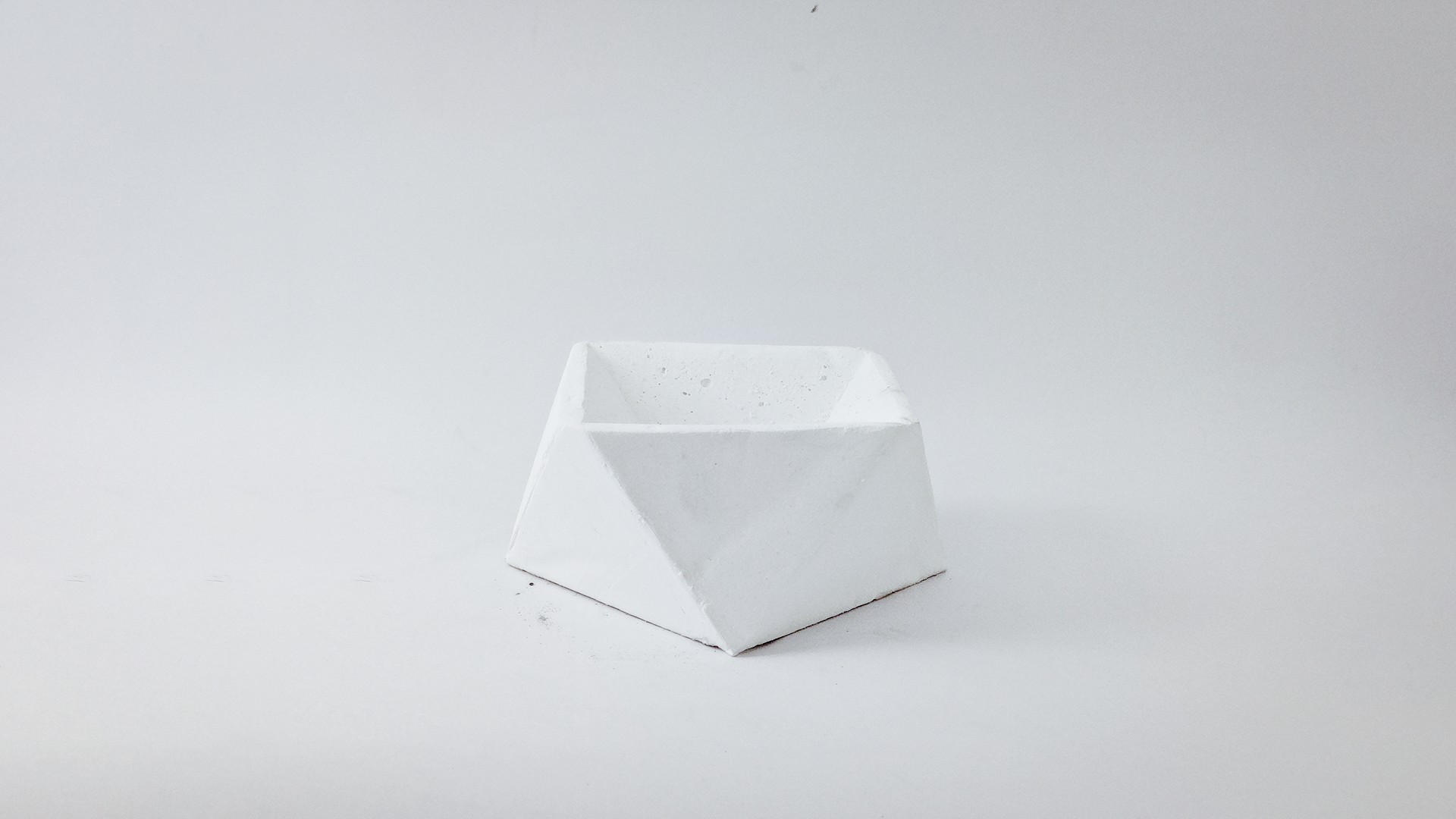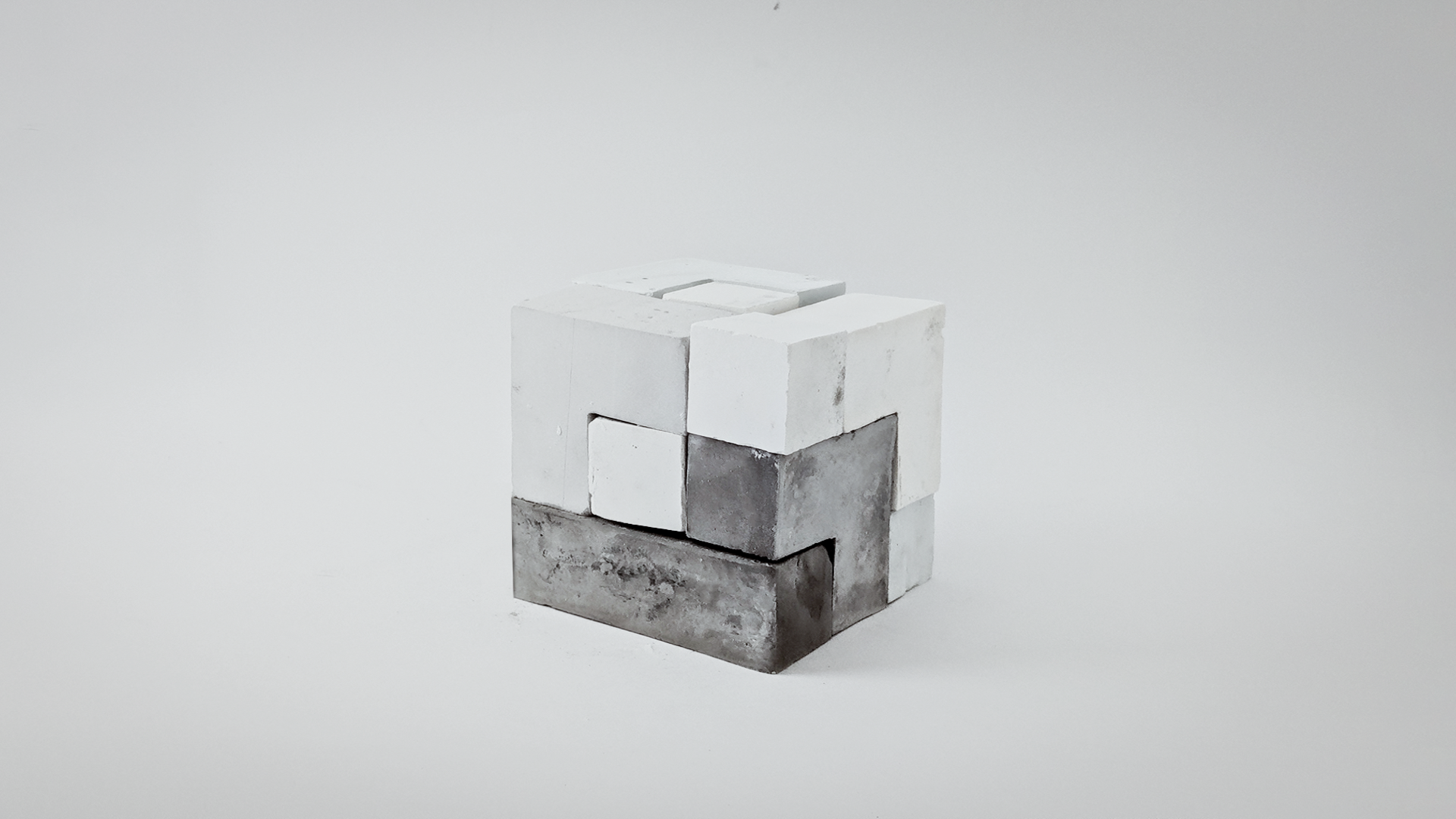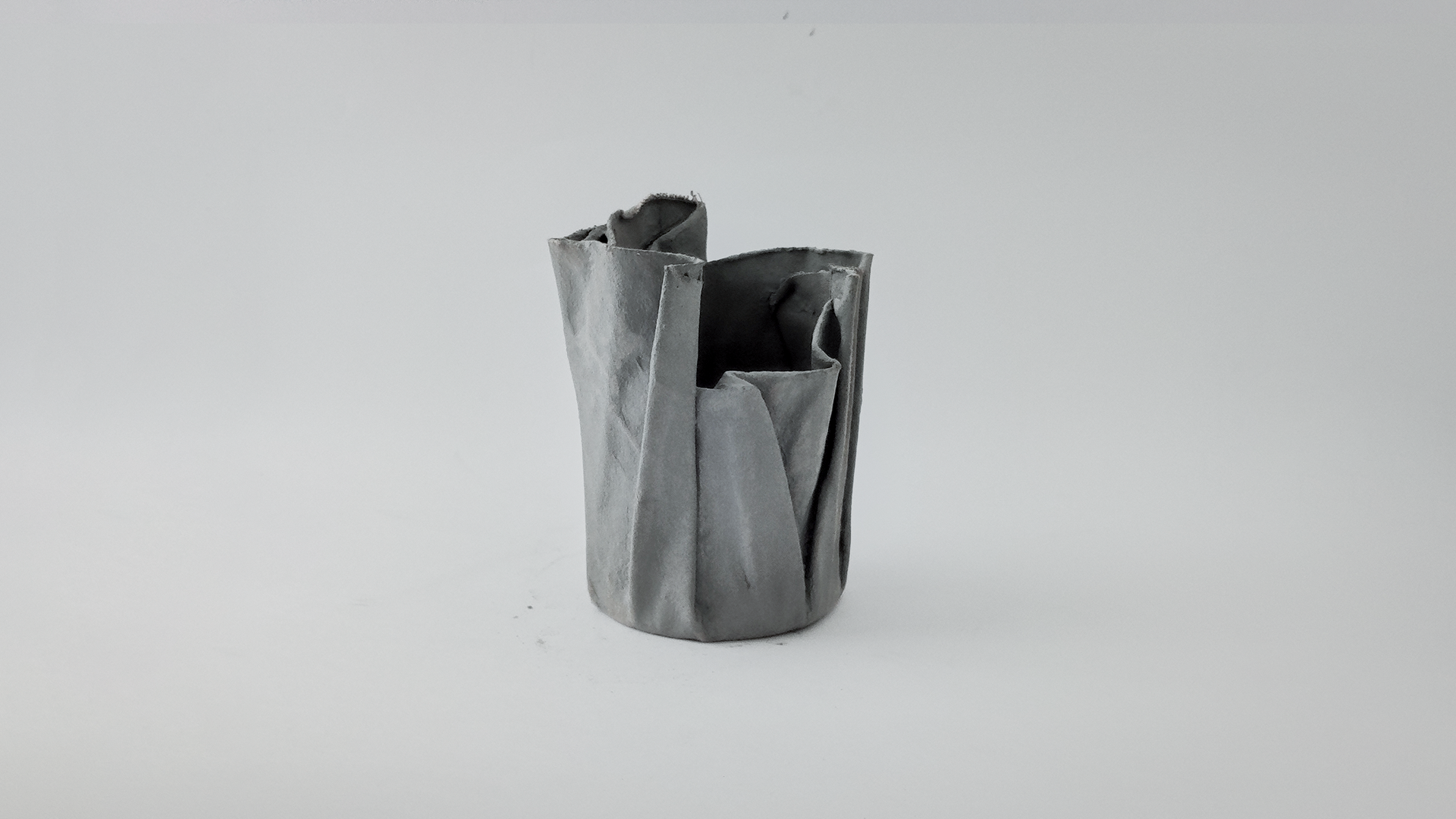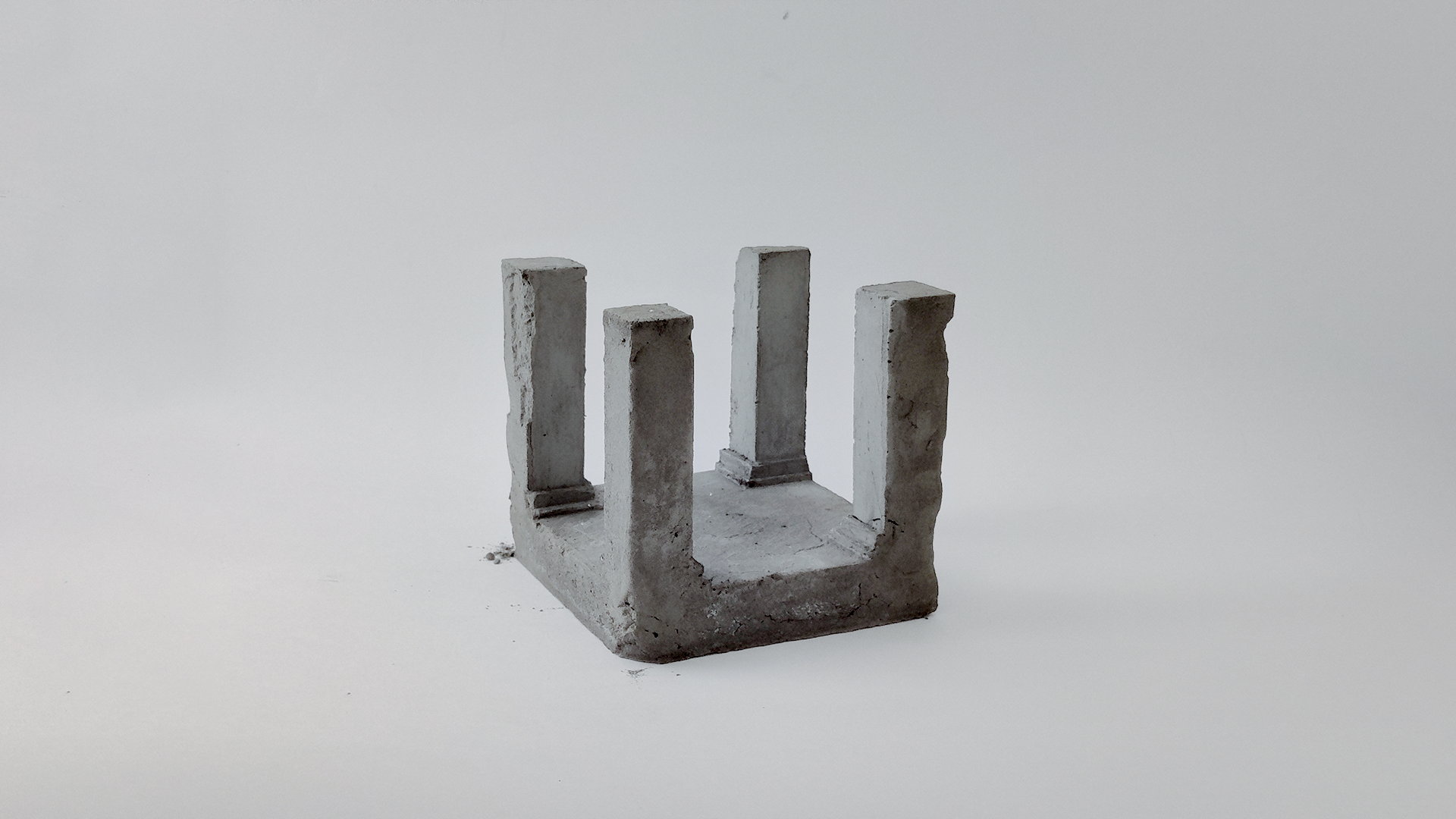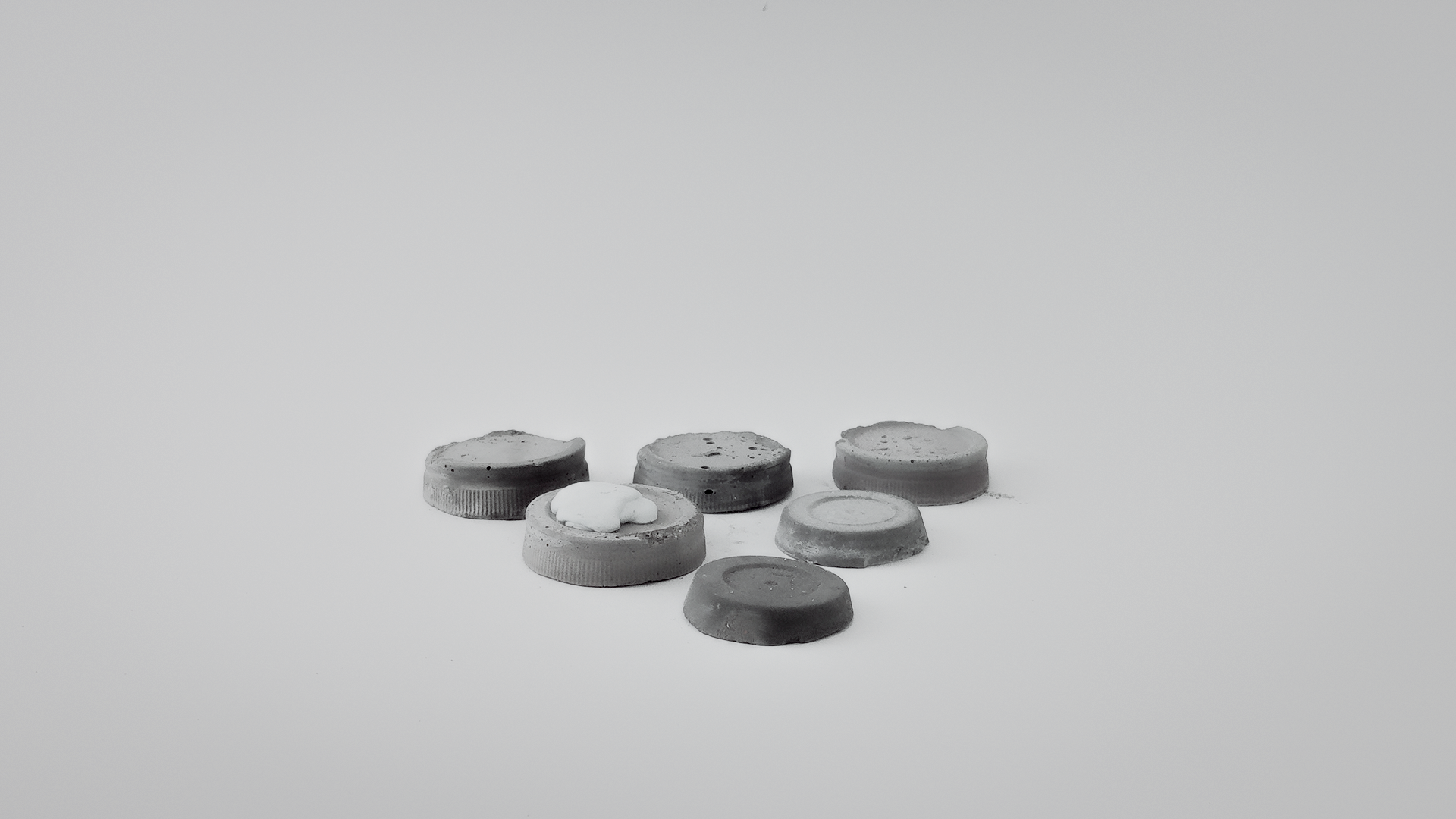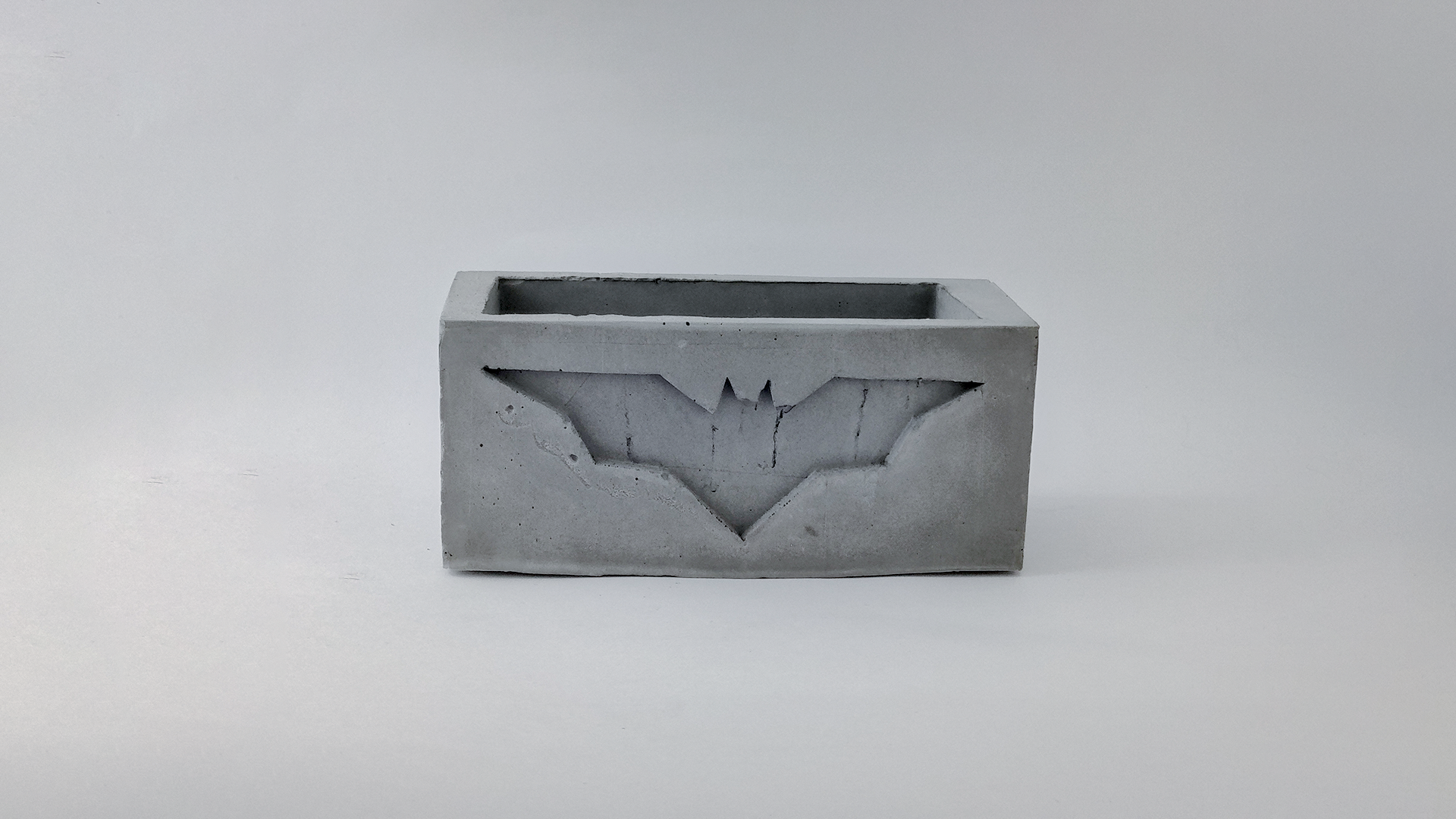
Formed in Cement
This project explored die casting as a manufacturing method, focusing on its potential beyond industrial applications. Using materials like cement, we experimented with form, texture, and mold design to understand the process hands-on. The aim was to explore how die casting could be adapted for small-scale, craft-driven production—blurring the line between utility and sculpture.
This project took place during the COVID lockdown, which meant working entirely from home with limited tools and resources. The goal was to explore die casting using cement—learning by doing, and figuring out how to work around practical constraints.
The first challenge was making the mold (or die) itself. We had to think in terms of positive and negative space—the positive being the object we wanted to cast, and the negative being the space around it. To ensure clean removal of the cast, the design needed to avoid deep grooves or complex edges that could cause breakage during demolding. While silicone molds would’ve made the process easier, they were expensive and not feasible on our limited budget. So we improvised with basic materials and minimal tools.
One of our early mistakes was removing the cast too soon. We assumed two days of curing would be enough, but the cement was still fragile. Several models cracked or broke—including an early attempt at a Batman case. After learning this the hard way, I allowed the cement to cure for at least a week or more, which dramatically improved the strength and surface finish. The re-cast Batman case turned out far better.
I experimented with several forms:
- A geometric planter
- A set of Tetris-inspired blocks
- A sculptural vase made by draping a cloth over a bottle and layering cement over it (an improvised method outside traditional die casting)
- A flat platform and some small disc-shaped objects resembling tokens or coasters
Each piece helped me better understand the material behavior, mold design, and the importance of patience in the curing process. Despite the constraints, the hands-on nature of the project made the learning process deeply engaging and experimental.
Final Results

